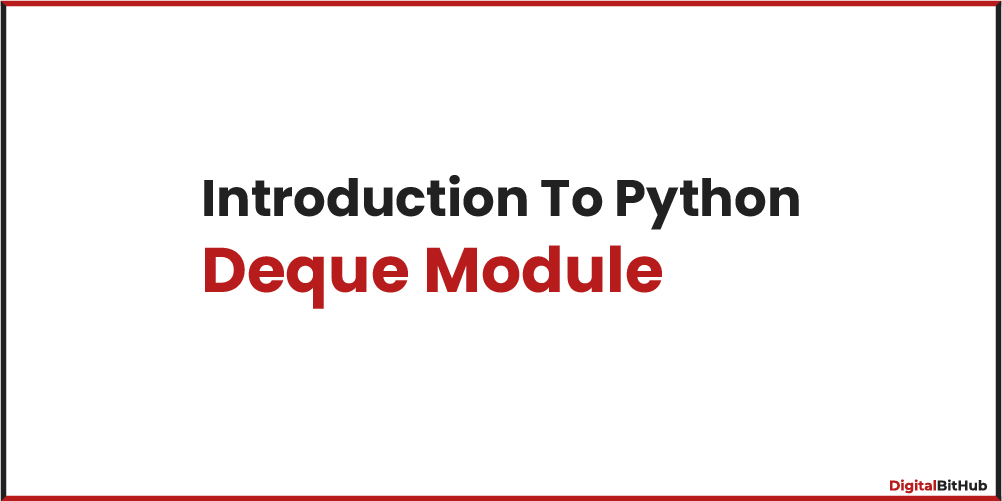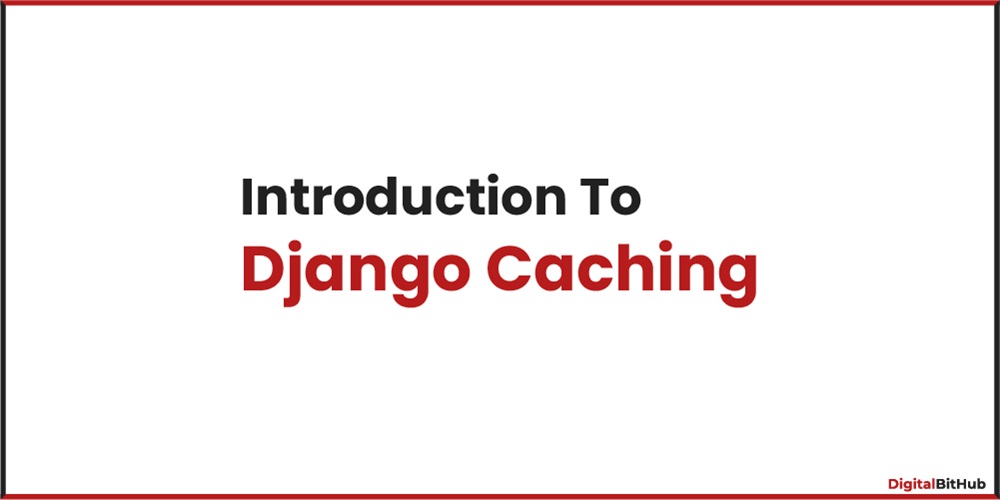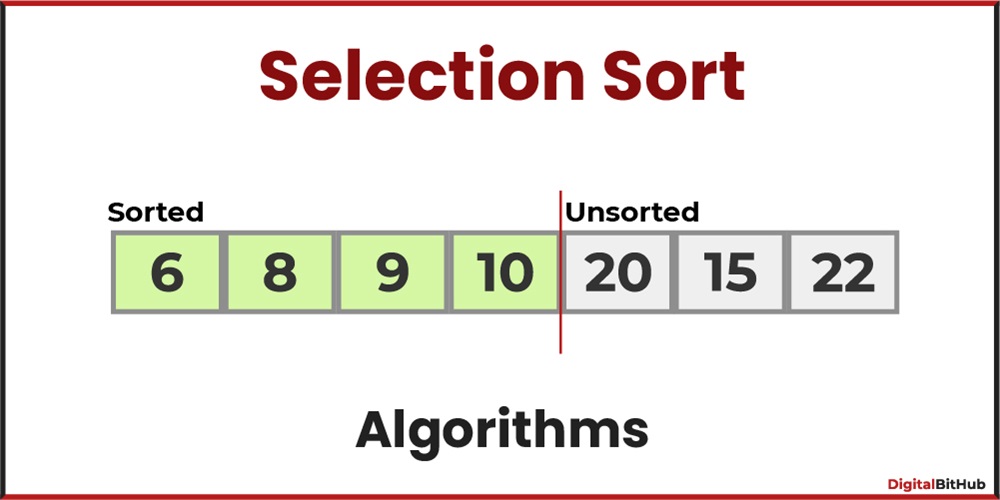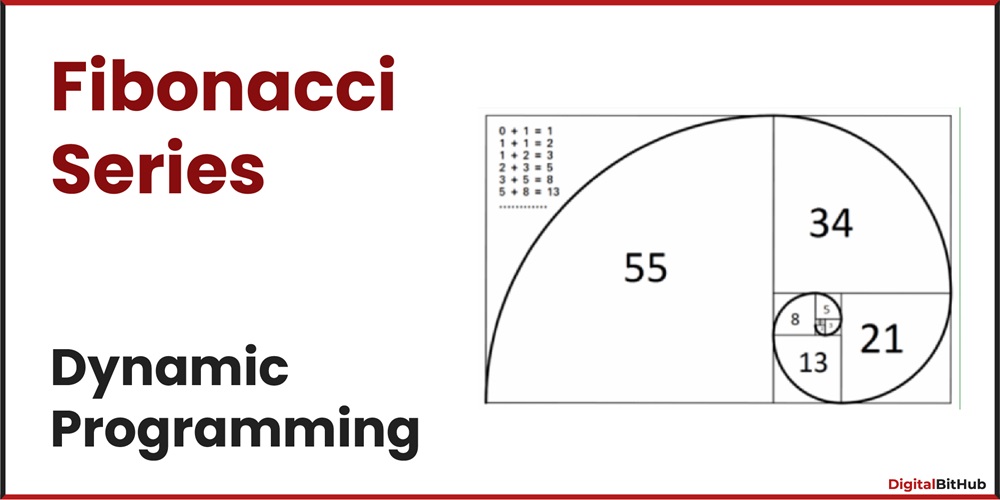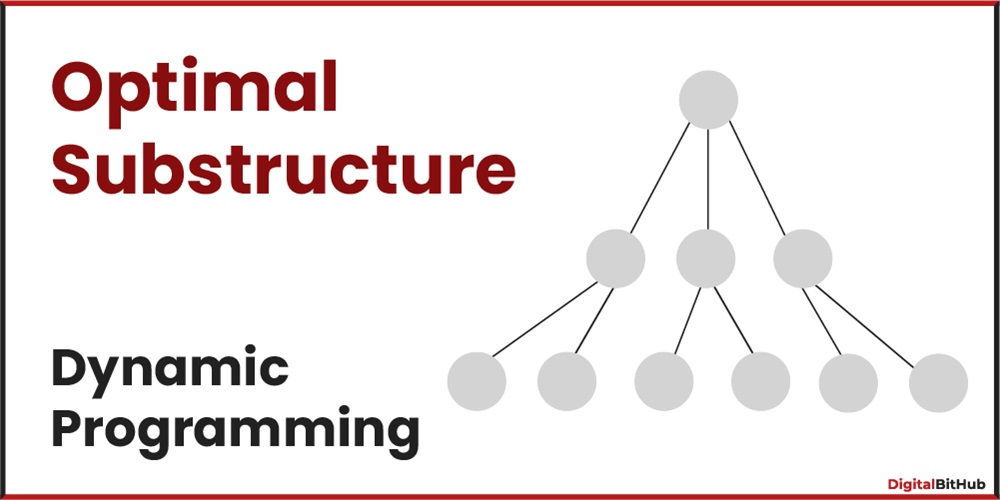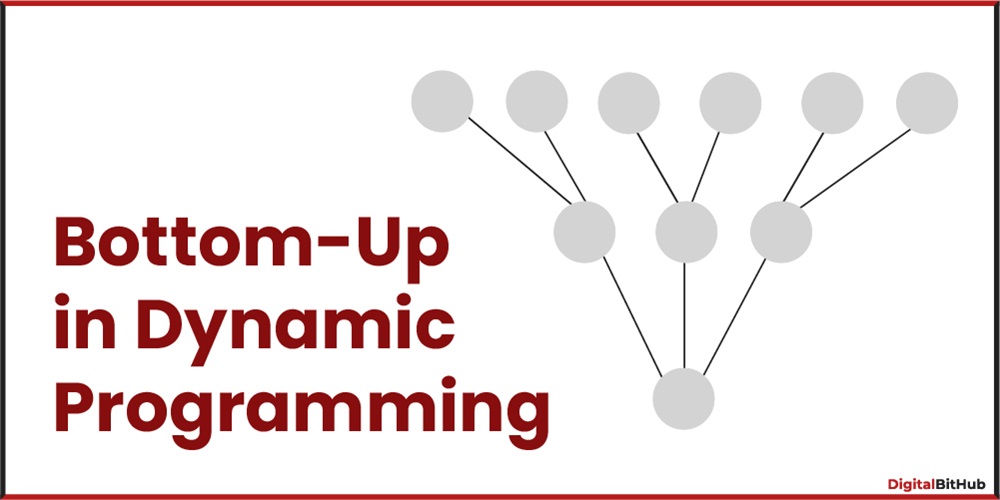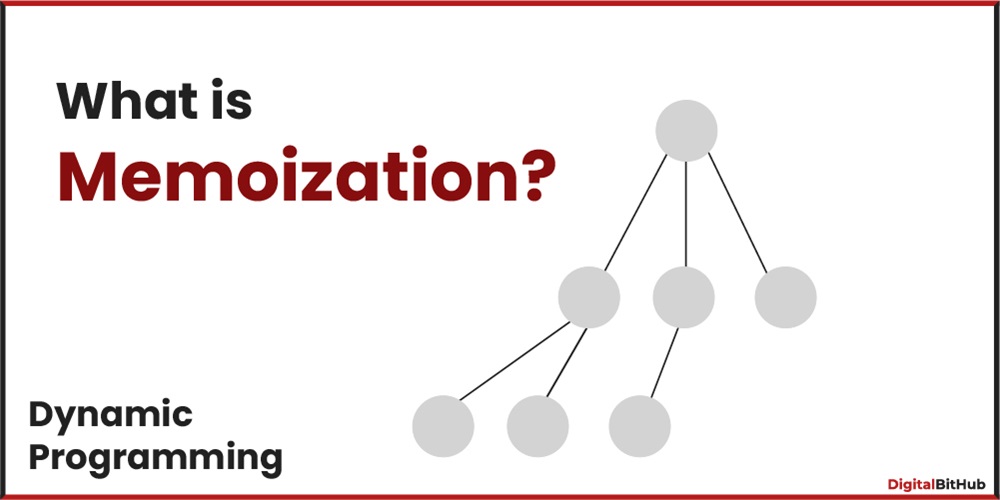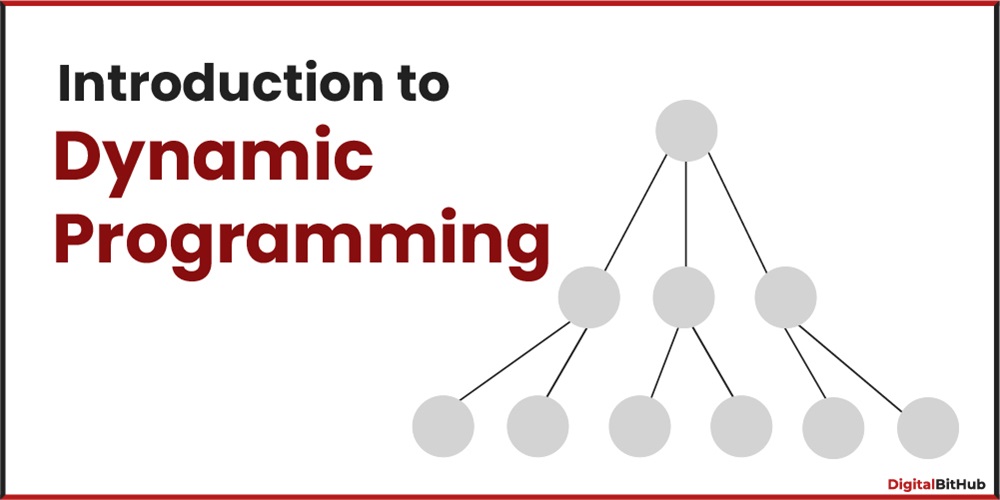Date formatting is a fundamental aspect of working with dates and times in any programming language, and Python offers robust tools and libraries to handle date formatting with ease. Whether you are manipulating dates, parsing strings into date objects, or displaying dates in a specific format, Python provides a wide range of options to suit your needs. In this article, we will explore the various techniques and libraries available in Python for effective date formatting.
The datetime Module
Python's built-in datetime module is the foundation for date and time manipulation. It provides the 'datetime' class, which offers a rich set of methods for working with dates. One of the most essential methods is 'strftime()', which allows you to format a 'datetime' object into a string representation based on a format code.
Example:
```python
import datetime
date = datetime.datetime.now()
formatted_date = date.strftime("%Y-%m-%d %H:%M:%S")
print(formatted_date)
```
Output: 2023-06-12 15:30:00
Python Date Time Format codes
| Format Code | Description | Example |
|---|---|---|
| %Y | Year with century | 2023 |
| %m | Month as a zero-padded decimal number | 06 |
| %d | Day of the month as a zero-padded decimal number | 12 |
| %H | Hour (24-hour clock) as a zero-padded decimal number | 15 |
| %M | Minute as a zero-padded decimal number | 30 |
| %S | Second as a zero-padded decimal number | 00 |
Formatting with strftime()
The 'strftime()' method accepts a format string with format codes and returns the formatted date string. You can combine multiple format codes and add separators, text, or any other characters as needed.
Example:
```python
import datetime
date = datetime.datetime.now()
formatted_date = date.strftime("Today is %A, %B %d, %Y")
print(formatted_date)
```
Output: Today is Monday, June 12, 2023
4. The strptime() method:
If you have a string representing a date and want to convert it into a `datetime` object, you can use the `strptime()` method. This method allows you to specify the format of the input string using format codes and returns the corresponding `datetime` object.
Example:
```python
import datetime
date_string = "2023-06-12"
date = datetime.datetime.strptime(date_string, "%Y-%m-%d")
print(date)
```
Output: 2023-06-12 00:00:00
5. Third-party libraries:
Python also offers powerful third-party libraries like dateutil and pendulum that provide additional functionalities and flexibility for date formatting. These libraries can handle more complex scenarios, time zones, and localized date formats.
Conclusion:
Mastering date formatting in Python is crucial for any developer working with dates and times. The built-in `datetime` module, along with its `strftime()` and `strptime()` methods, provides a solid foundation for basic date formatting needs. However, if you require advanced functionalities or deal with complex date scenarios, consider exploring third-party libraries like dateutil and pendulum. By understanding and utilizing these tools effectively, you can effortlessly manipulate and format dates in Python, ensuring accurate and consistent representations of time information in your applications.

